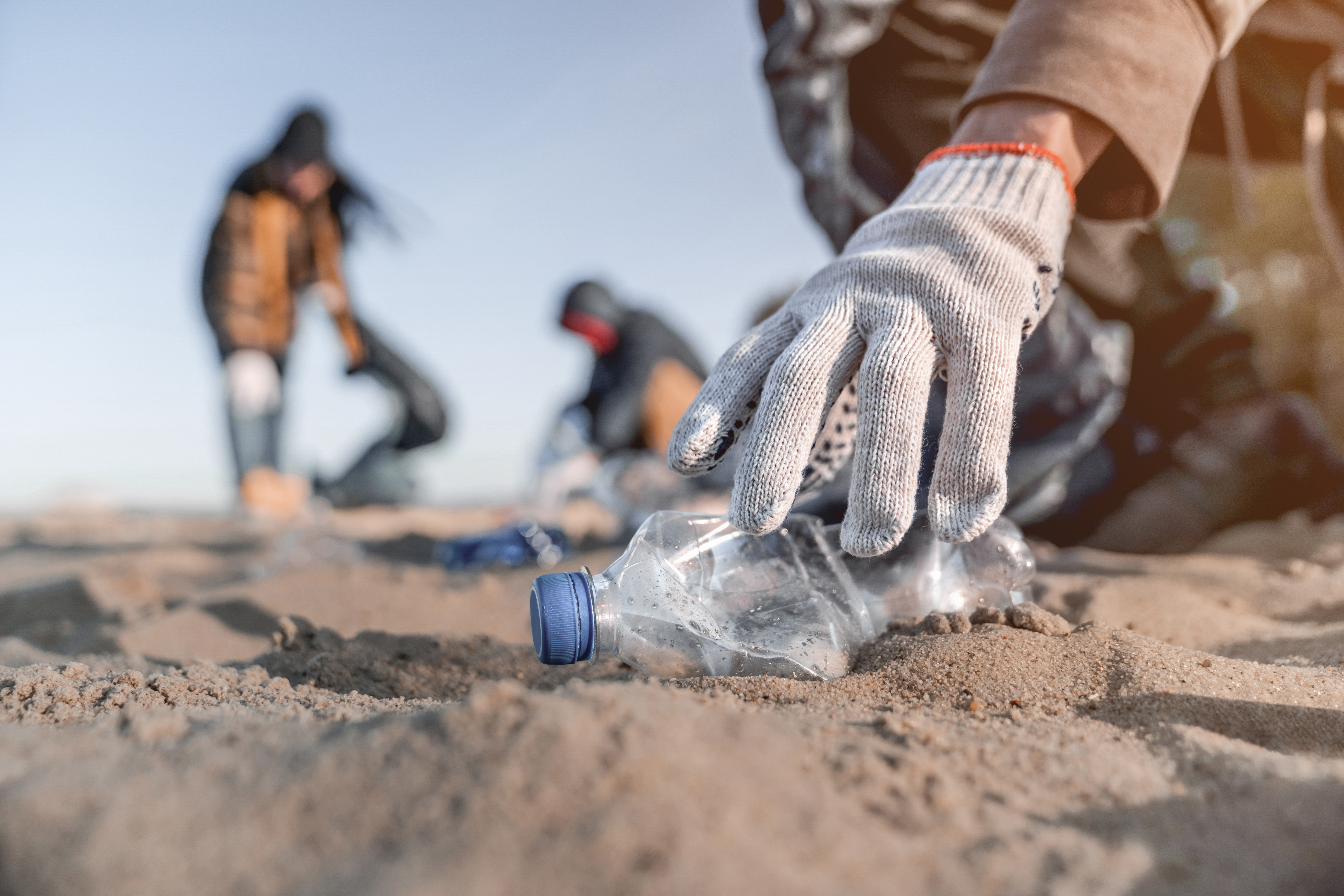A call for a lifestyle change to end plastic pollution
July 26, 2023

A million plastic bottles are used every minute and only 9 percent of all plastics are recycled.
On a late summer morning in 1983, my dad came back from town where he worked as a veterinarian in the county government with a monthly salary of about US$20. He brought something with him - two baby blue shirts for my sister and me (10 and 8 years old, respectively) as a gift to encourage us to walk to school in the village 10 kilometres away, high up in the mountains. It was a gorgeous shirt with velvet embroidery around the collar and shiny white buttons, and it was the first new piece of clothing I had ever owned. As the youngest child of six, I had only worn clothes outgrown by my sisters, sometimes even my brothers. At home, materials were kept in use for as long as possible and then converted for other uses. This was the norm in my village and was probably the same for the entirety of China, as the country’s annual GDP per capita was $225, equivalent to 1.4 percent of America’s, and less than half of Madagascar’s at that time.
Fast forward to 2010 when I raised my son in the US. I had to learn almost everything from scratch – there was no more reusing. Different shoes and outfits are required for each sport (basketball, baseball, tennis, soccer, and jogging). Every year, he needed a formal suit and tie for a piano recital, an orchestra performance, or for year-end school ceremonies. Similarly, a new Halloween costume is expected each year, only worn once. Such a “use once and throw-away” lifestyle is nowhere more manifested than it is in our relationship with plastics. Plus, China and many other countries want to emulate this lifestyle because it is seen as a sign of abundance or development.
A million plastic bottles are used every minute. Four hundred and 30 metric tons of plastic are produced annually, and 40 percent is thrown away after one use, and only 9 percent of all plastics are recycled, according to UNEP. Plastics that are used only for minutes can last for hundreds of years, scattered everywhere. They emit chemicals and harmful substances, over time disintegrating into microplastics and nano-plastics, harming human health and killing wild animals.
How can we stop such self-destructive activities? By completely rethinking and changing the way we produce, consume, and dispose of plastics. The Global Environmental Facility and UNDP together with UNEP, UNIDO, and WWF have embarked on a journey to tackle plastic pollution in the food and beverage sector by proposing circular solutions, exactly as the people in my village practiced 40 years ago. But this is only possible only if the entire world takes action.
First, we should refuse non-essential plastics and promote re-use and refill practices. Since virgin plastics are so cheap, recycled plastics are not competitive. Government policies must be developed to internalize the environmental and socio-economic cost of plastics production and use. To increase their cost, single-use plastics should be taxed. Many countries have introduced plastic bag bans to reduce non-essential plastic use. As a consumer, explore re-use and refill practices and ask whether single-use plastic is necessary before purchasing.
Second, innovation, especially using local ecological materials, should be promoted to replace plastics. UNDP has supported a project in Lake Victoria to use water hyacinth, an invasive species, to make shopping baskets which would replace plastic bags and products. In the Philippines, coconut shells are used to make cooling containers. In addition to being environmentally friendly, these innovative solutions also bring employment to local communities.
Third, we need sound waste management to prevent plastic waste from entering the environment. In all countries, especially the least developed ones with little investment, whole-of-society clean-up and behaviour change campaigns can be mobilized to reduce littering. In Rwanda it is mandatory for people aged 16 to 65 (including the president himself) to participate in clean-up activities on the last Saturday of every month. Such practices can shift societal behaviour and link policymakers more closely to practices on the ground.
Last, but not least, this lifestyle change must be done particularly in developed countries to reduce overall plastic production and consumption. This would ensure people and communities in poverty are benefiting from the transitional economy with employment and improved livelihoods. There will be no reversal of plastic pollution if portions of the globe transition while others continue their extravagant ways.
Going back to my first brand new shirt in 1983. On the first day I wore it, a boy sitting behind me spread a line of ink on the back of my shirt with a permanent marker. Why? The reason was simple. He did not have it. No one else in the school had it. Therefore, I alone could not wear it. Is it fair? Even as a little girl, I understood where his reasoning came from.
If humanity wants to address the plastic pollution crisis and the triple planetary crises, a change must happen equitably, universally, and globally. A new lifestyle calling for mindful production and consumption for better wellbeing, health, and sustainability should become the new fashion of our time: less is more beautiful.
It’s time to think and change now.

 Locations
Locations